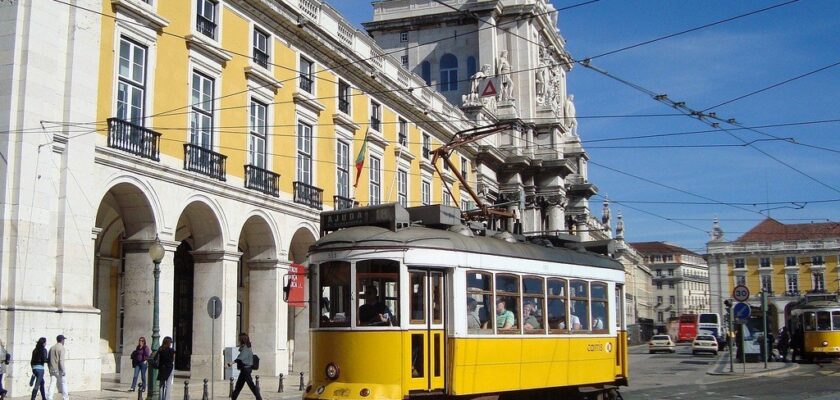Praça do Comércio
Praça do Comércio is one of the largest squares in Europe (covering 3.5 hectares), located in Lisbon, the capital of Portugal. It is located on the site of the Ribeira Palace, destroyed in 1755 by an earthquake. From Portuguese, Praça do Comércio means “market square.”
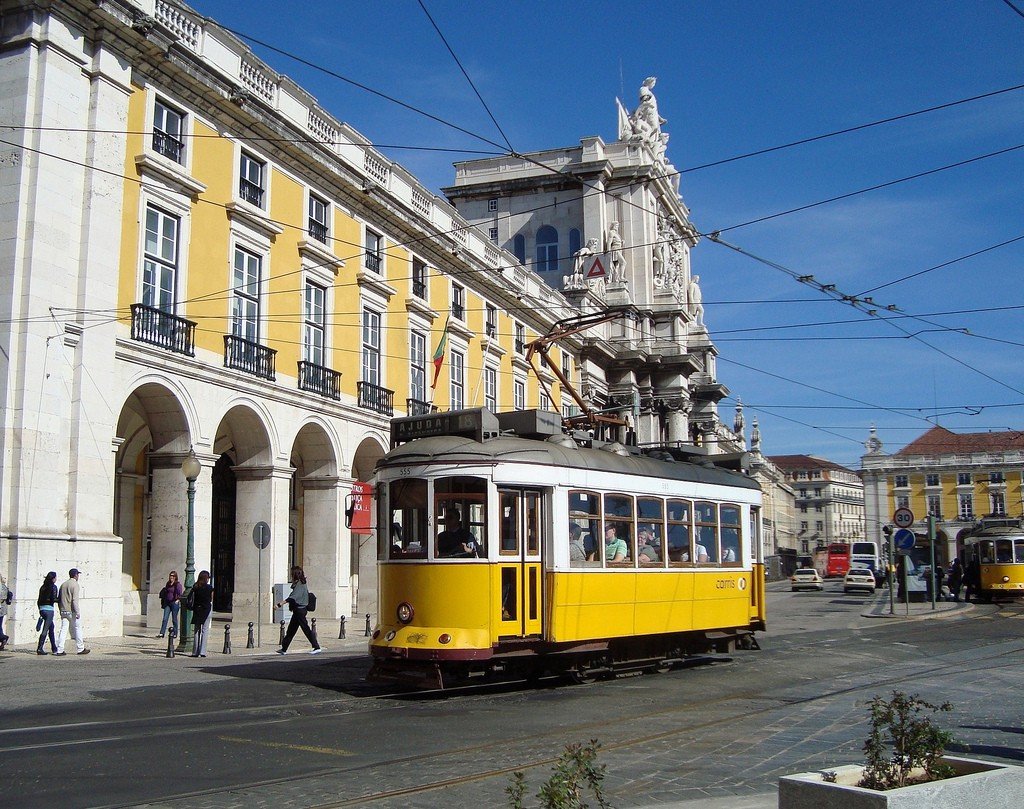
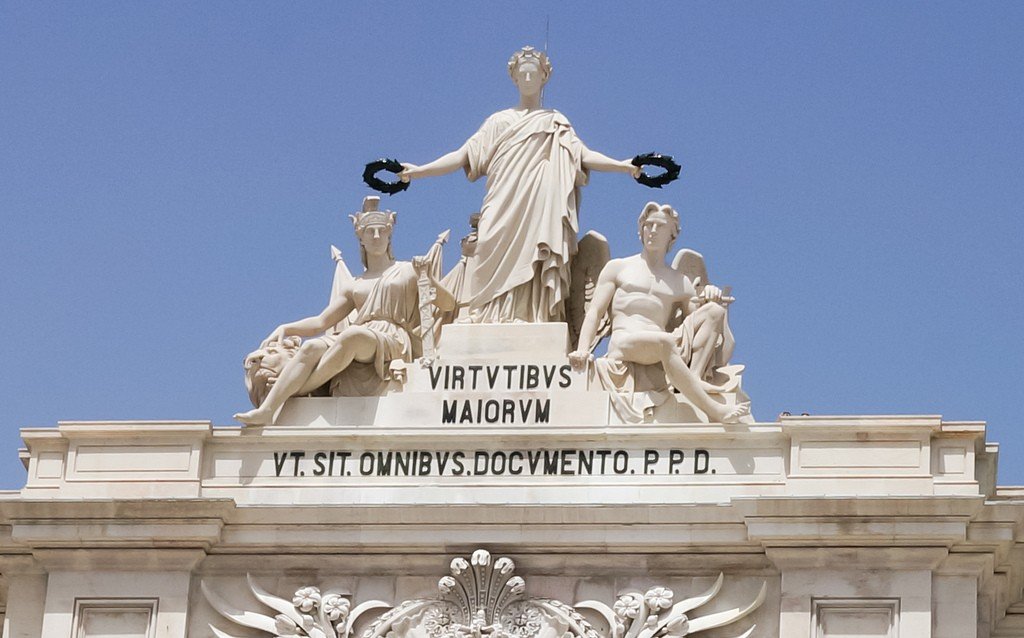
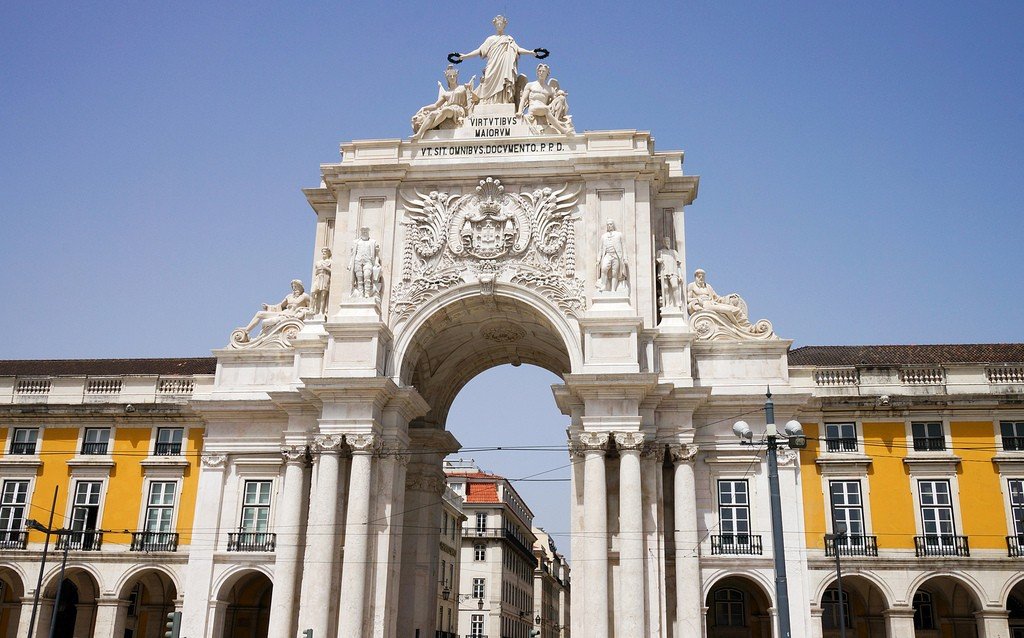
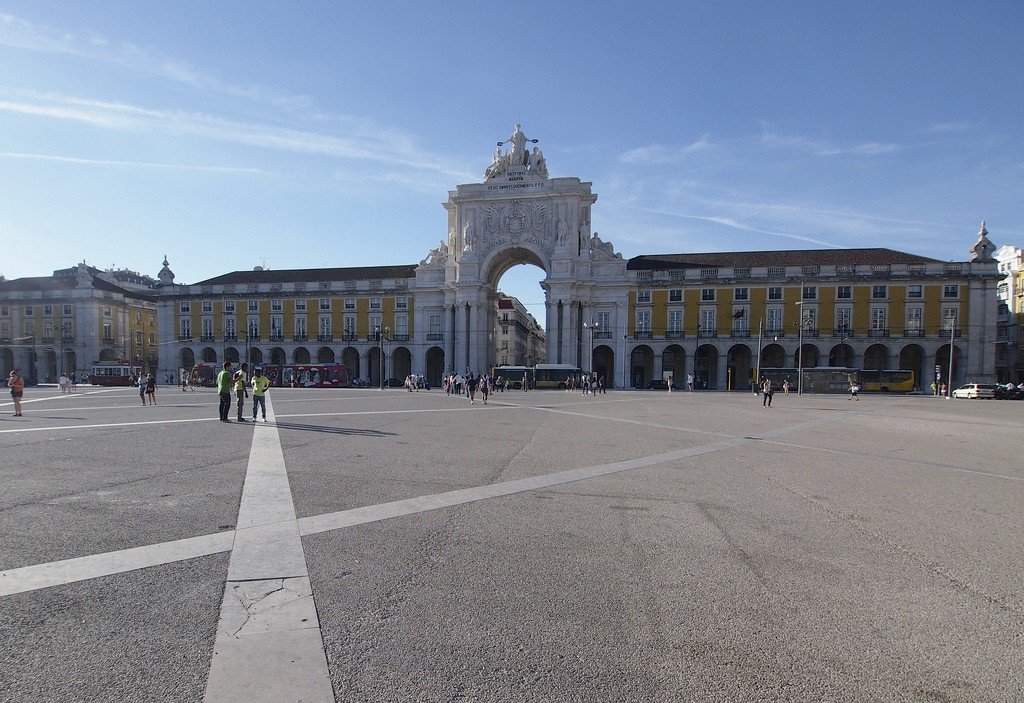
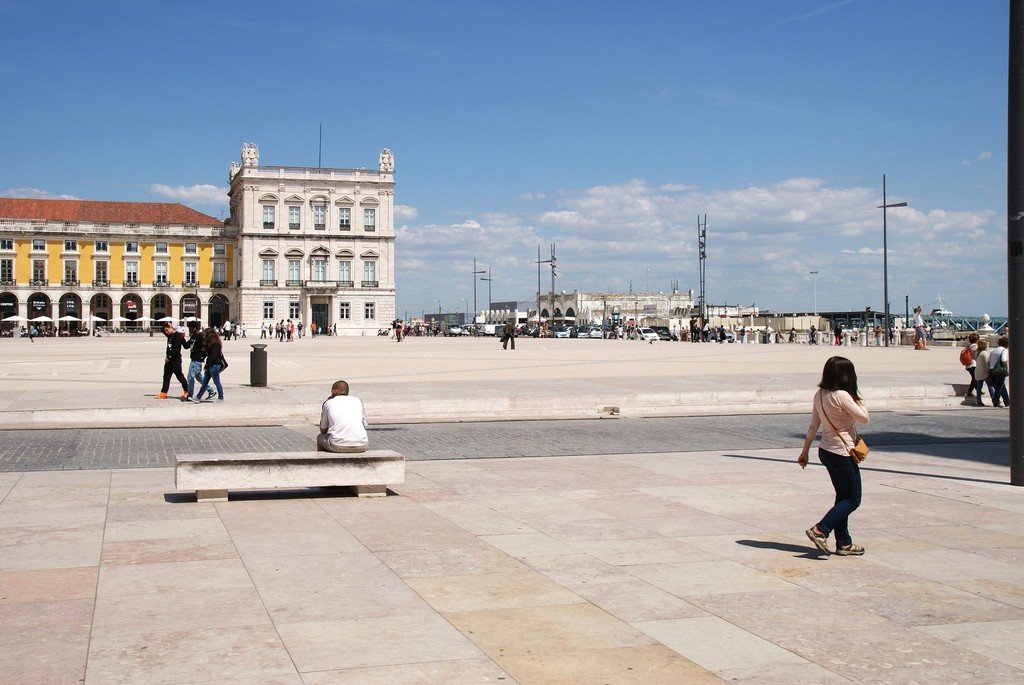
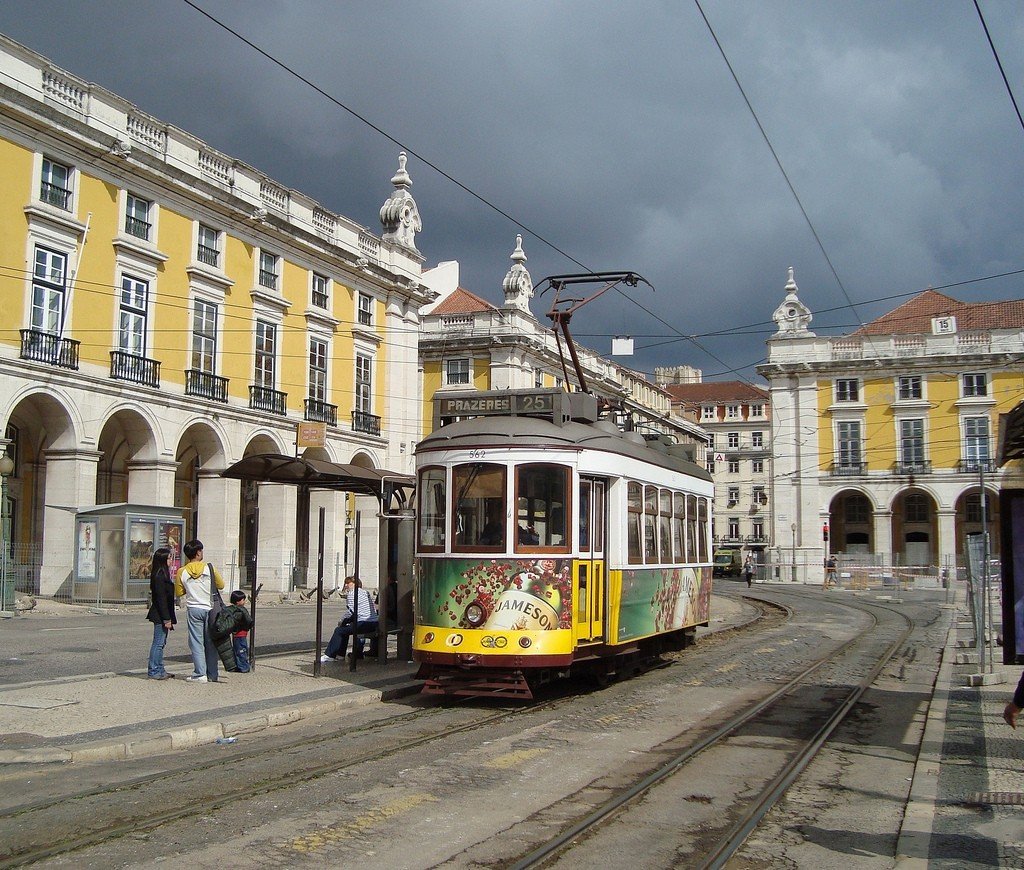
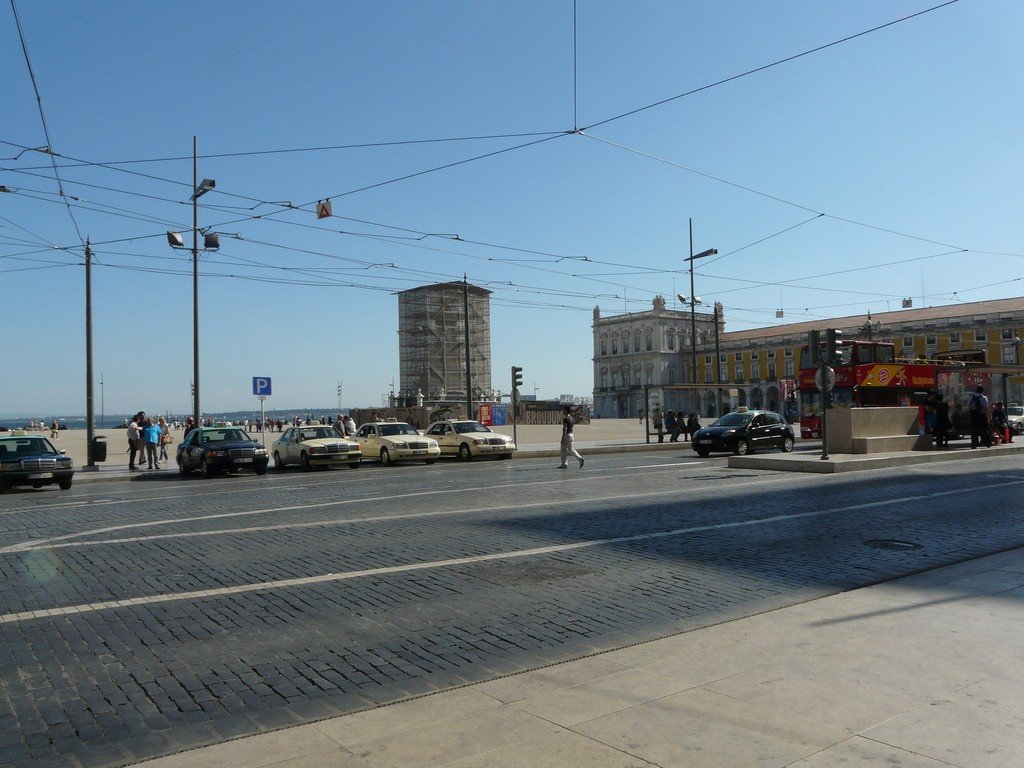
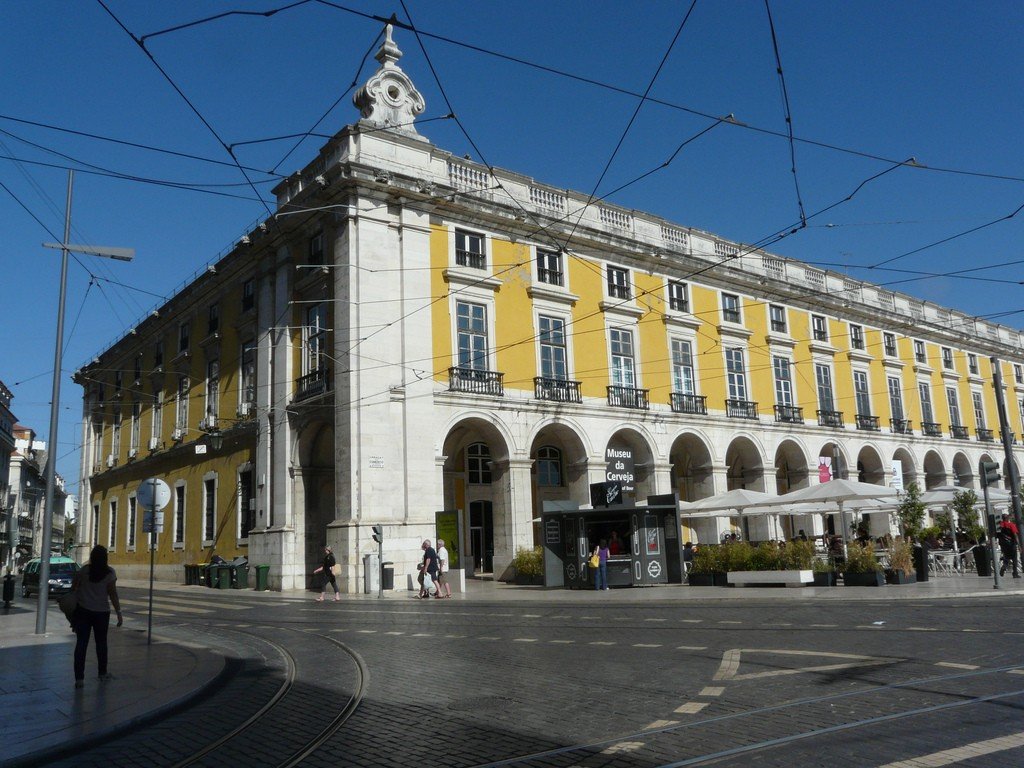
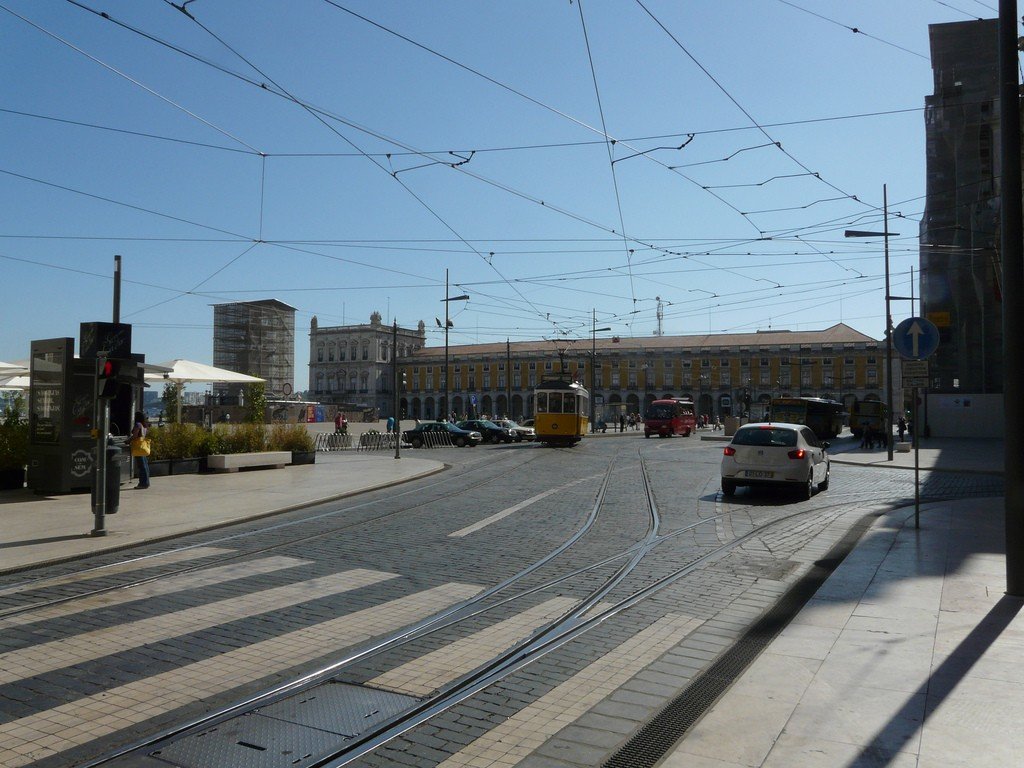
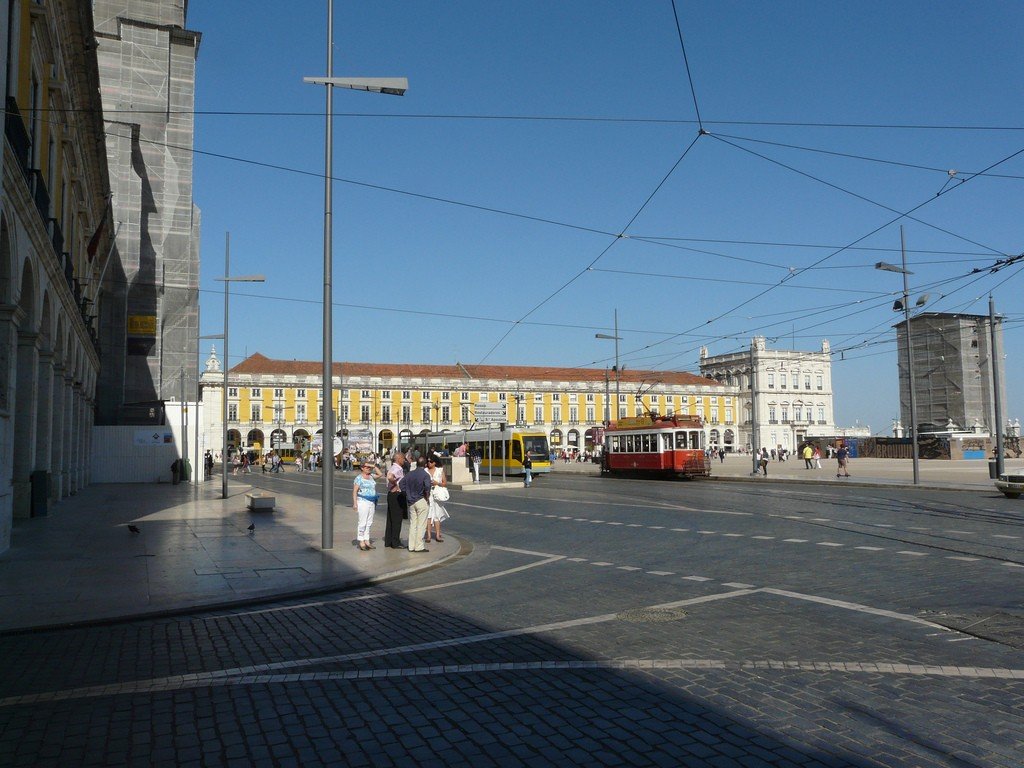
General information
It was on this spot in the 15th century that the rapid development of Lisbon began as the starting point of the great geographical discoveries. The square was then called Palace Square, as the first building on it was the royal palace of Ribeira. The construction of the port, the shipyard, the House of India and other administrative buildings related to international maritime trade gave impetus to the development of this area by the river. The proximity to the water is what ruined Palace Square – during the earthquake, its buildings were literally swept away by tremors and a barrage of water.
.
This palace housed the richest library with over 70,000 books and hundreds of works of art, including paintings by Titian, Rubens and Caravaggio. The Royal Archives contained rare documents about the exploration of the world’s oceans and distant lands and, in particular, the discovery of Brazil. Most of these valuable products of human creativity and knowledge were lost in the Lisbon earthquake. The subsequent reconstruction of the city has greatly changed this neighborhood as well.
The reconstruction of the country after the devastating earthquake was entrusted to Portuguese Prime Minister Sebastião Pombal, who made Praça do Comércio one of the main elements of the city plan. He gave it a symmetrical shape and decorated it in the style of the Age of Enlightenment. The revitalized square became the new political and business center of the capital.
The buildings surrounding the square to this day house banks, ministries and other government organizations. This is also where the later legendary café, which survives today under the name “Martinho da Arcada”, opened.
.
The southern side of Praça do Comércio faces the Tagus. The Cais das Colunas wharf served as Lisbon’s ceremonial dock for centuries, hosting kings and the country’s most noble guests. The marble steps of the wharf are framed by two corner columns.
.On the other sides, Praça do Comércio is surrounded by buildings with a similar design: the first floor has arcaded galleries, the second floor is decorated with iron-railed balconies and a mezzanine. From the north side of Praça do Comércio, through the Arc de Triomphe, you can access the main street of the Baixa neighborhood, Rua Augusta. The magnificent arch is supported by bundles of columns and complemented by statues of Glory, Courage and Ingenuity. Erection of the arch was begun in 1775 and lasted for a hundred years.
.The square is flanked by two towers that echo the famous structure erected over the Royal Palace by order of Philip I of Portugal (1581).”
.In the center of Praça do Comércio since 1775 stands an equestrian statue of King José I, in whose time the square was built. Over the centuries, the bronze monument has been covered with a green patina.
But the square is reminiscent of the square.
But the square reminds not only of the terrible earthquake of the XVIII century, but also of the royal assassination: on February 1, 1908, the carriage of the penultimate king of Portugal Carlos I was shot by activists of the Republican Party. During the assassination attempt, the king died on the spot, his heir Luís Filipe was mortally wounded, and Prince Manuel, the future last king of Portugal, was shot in the arm.
.